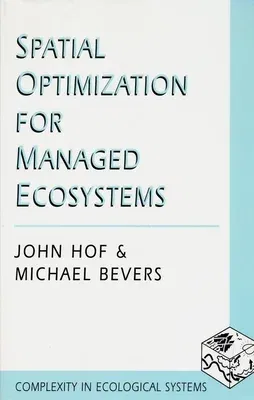John Hof
(Author)Spatial Optimization for Managed EcosystemsPaperback, 1 April 1998

Qty
1
Turbo
Ships in 2 - 3 days
In Stock
Free Delivery
Cash on Delivery
15 Days
Free Returns
Secure Checkout

Part of Series
Complexity in Ecological Systems
Part of Series
Complexity in Ecological Systems (Paperback)
Part of Series
Complexity in Ecological Systems Series
Print Length
320 pages
Language
English
Publisher
Columbia University Press
Date Published
1 Apr 1998
ISBN-10
0231106378
ISBN-13
9780231106375
Description
Product Details
Authors:
Book Format:
Paperback
Country of Origin:
US
Date Published:
1 April 1998
Dimensions:
22.4 x
14.99 x
1.42 cm
Genre:
Ecology
ISBN-10:
0231106378
ISBN-13:
9780231106375
Language:
English
Location:
New York
Pages:
320
Publisher:
Series:
Weight:
367.41 gm